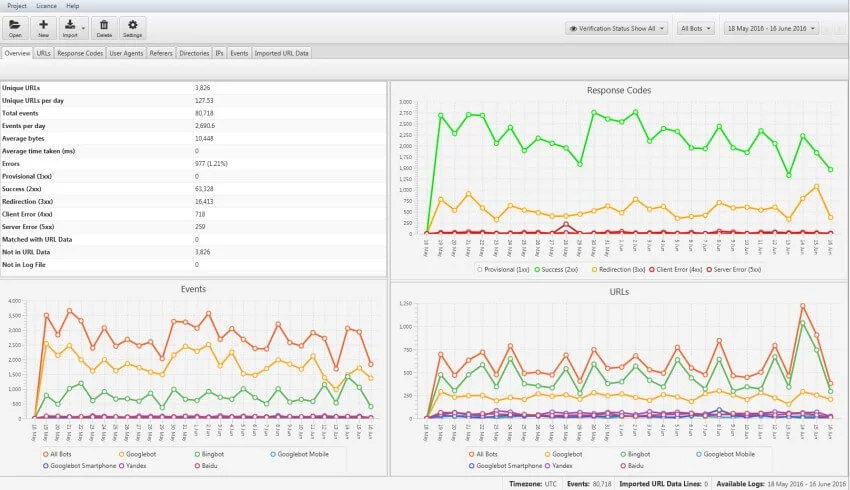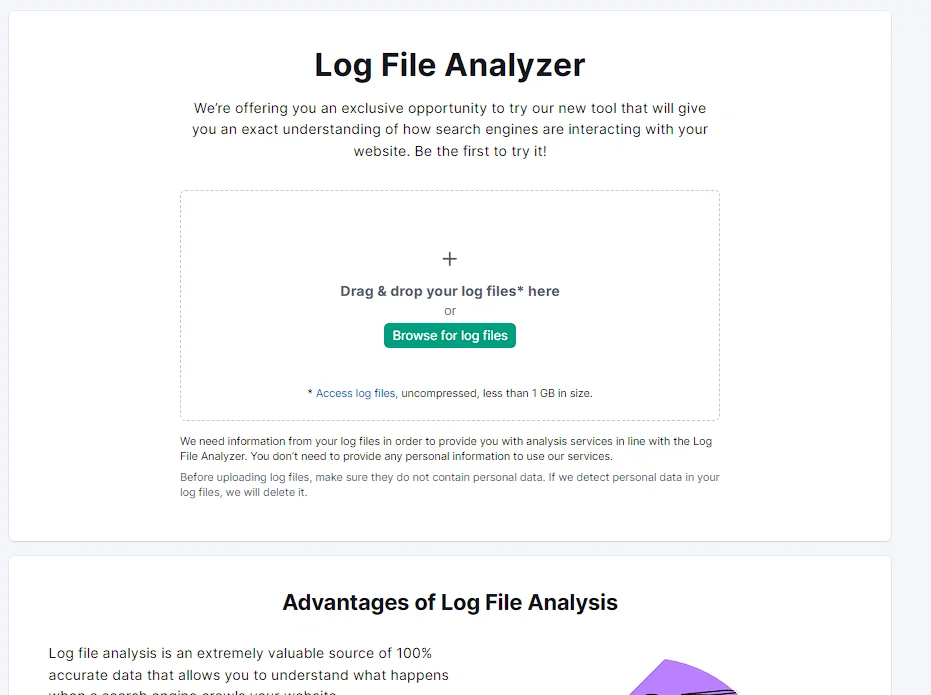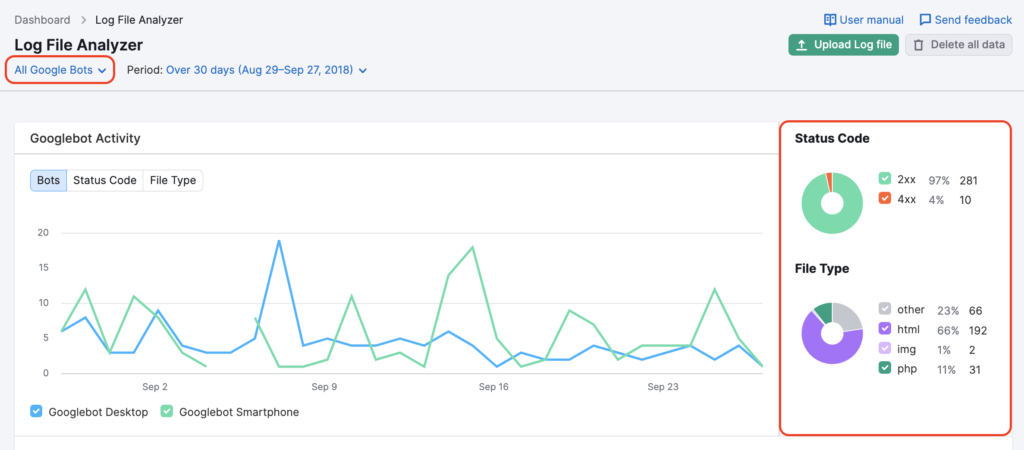Log File Analysis for SEO
What is a Log File?
A log file is generated and updated by your server that contains information about every request made to your server, which may includes how users and search engines interact with your website. When we use the term log files for SEO it usually means “access log files” because there are many different types of log files. Access log files includes a lot of information about requests made to the server:
- IP addresses
- User agents
- URL path
- HTTP status codes
- Timestamps (when the bot/browser made the request)
- Request type

What is Log File Analysis for SEO?
Log file analysis is the process of downloading and analyzing the log files of your website to figure out technical SEO issues, crawling issues or bugs. Your site’s log file is stored on your server in different file formats like Apache, ELB (Elastic Load Balancing), W3C etc.
What is Log File Analysis Used for in SEO?
Log file analysis is one of the most useful source to boost your technical SEO. It helps you in many ways:
- Helps you to see how often Google crawls your website,
- Measure how fast your website loads,
- Find out which pages Google crawls most,
- Figure out your website’s crawl frequency,
- Check HTTP status of every page on your website,
- Discover crawlability issues if available
How to Run a Log File Analysis?
Doing log file analysis on your own may be tiresome and messy but there are 2 great tools to conduct a successful log file analysis:
You’ll see this screen as you log into your SEMrush Log File Analyzer account and you just need to upload the log file that you requested from your server.

When SEMrush completed the analysis, you’ll be able to see visualized data which shows Googlebot frequency:

If you need further assistance to figure out your crawlability issues, bugs and technical SEO issues with log file analysis, just text us!


